09:00 AM - 09:30 AM
Description
Ori Inbar, Co-founder and Executive Director of AWE and Super Ventures will kick off the 10th AWE USA with a special welcome address and his annual state of the industry.
For 50 years, computing has been a two-dimensional representation of a three-dimensional world.
Now, tech giants and thousands of startups who are seeking growth opportunities beyond mobile have set spatial computing on a trajectory for exponential growth. Most large corporations are adopting spatial computing to improve their businesses driven by strong evidence it delivers measurable ROI, and consumers begin to appreciate the radical benefits of this technology which could signal the next dimension of humanity. In 2019, everyone must enter the next dimension to understand the impact it’s bound to have on their lives and businesses.
Speakers
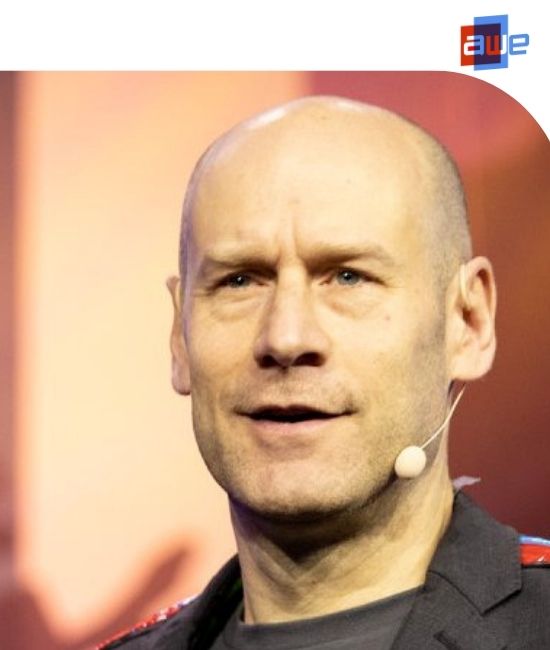
09:30 AM - 10:00 AM
Description
This keynote will give you hard data and lessons learned on what is and isn't working in AR/VR today, as well as a clear view of where the market is headed over the next 5 years
10:00 AM - 10:30 AM
Description
Mobile Augmented Reality is already a mainstream media platform in use today by more than 1 billion consumers worldwide. With the release of new untethered headsets and more content to experience on them, Virtual Reality is on its way to critical mass as well. Games and entertainment have been the key driver for adoption on the consumer end, but will it be enough to sustain the current speed of adoption? What's the demand for entertainment applications and how can developers monetize? Finally, where are the biggest opportunities for advertisers and creators who seek to engage these hard-to-reach consumers? Will the gaming-focused Oculus Quest open the floodgates and serve as the catalyst for broader consumer adoption? Learn the answers to these questions and more as Stephanie Llamas, head of XR at SuperData, a Nielsen Company, presents critical data and insights from her unique vantage at the center of the exploding VR and AR universe.
Speakers

10:00 AM - 10:30 AM
Description
Jim Heppelmann, CEO of PTC and co-author of A Manager’s Guide to Augmented Reality, will present the findings of his latest research collaboration with Prof. Michael Porter of the Harvard Business School. As the Augmented Reality (AR) market matures, there are a growing number of capabilities for industrial companies like the real-time capture of front-line processes from the expert’s point-of-view. With these new capabilities comes a set of choices around the strategy, content, and delivery of AR experiences. In this case-study driven keynote, Jim will present a framework of essential questions to capitalize on the promise of AR in the enterprise today.
Speakers

10:00 AM - 10:30 AM
Description
Immersive technologies like VR and AR arguably represent the most powerful storytelling medium we have ever had. Until recently, AR brand applications and experiences have been relegated to experiments and bespoke activations, trapped within the confines of purpose-built applications. But the industry is moving fast. Really fast. And while change is great, it can also be confusing, misleading and messy.
How are brands using AR? Who is adopting? Is it really working? Join Unity Technologies’ Tony Parisi as he explores the utility of AR, examining its usefulness, scalability, and enjoyment through case studies, lessons learned and experiences from the field.
Speakers

10:00 AM - 10:30 AM
Description
There is growing concern that new technologies such as AI and ML could cause an avalanche of job losses across industries and replace the worker completely - but is this entirely accurate? Let us show you how you can adapt your business to work alongside new technology by transforming media panic into sensible preparations for AR in the workforce. Our experience shows that AR will undoubtedly change the workplace, but rather than a rise of the machines, our customers are experiencing significant job growth rather than job losses.
This talk will shine the light on how AR enriches, rather than replaces, the workforce to enhance and create jobs. It is common fact that, AR empowers people to perform tasks more efficiently, quicker and with less errors. In times where skilled workers for offshore or repeatable tasks are rare, AR also enables enterprises to reskill and upskill new and existing employees, enabling them to perform tasks outside their area of expertise in an enjoyable and user-friendly way.
Speakers

10:00 AM - 10:30 AM
Description
LetinAR is a Seoul-based startup developing see-through optical systems for wearable augmented reality devices. Based on our unique pin mirror technology which has quite different approaches from any other existing combiner optics, LetinAR has demonstrated ultrawide field-of-view more than 80 degrees with 8K high resolution. LetinAR also presented a form-factor-oriented glasses prototype device having the same appearance of normal glasses.
In this presentation, we introduce a pin mirror technology and its benefits and contributions to wearable AR hardware including high image quality without any degradation, visual comfort supporting correct vergence and accommodation, wide field-of-view providing immersive experience as well as cost effective manufacturing process.
We believe that the advantages of the pin mirror technology will not only suffice the optical requirements in future AR devices, but also shorten the beginning of AR/VR/MR era.
Speakers

10:00 AM - 11:00 AM
Description
AR is bringing great changes to the way we live, work, play and more. Mobile AR and AR glasses both enjoy the new interaction challenges, like no intuitive keyboard or touchpad for AR glasses, non-immersive experience on the mobile device. How can we overcome these challenges to build exclusive experience with mobile devices and AR glasses. In this session, we’ll explore how easy to create an immersive experience on AR glasses by mobile native and web-based AR app. We’ll also cover how to use different interaction models to enhance the AR experience from mobile device to AR glasses.
Speakers
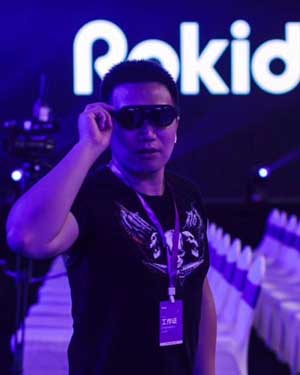
10:00 AM - 11:00 AM
Description
Deceptively powerful and stunningly beautiful, this monumental leap forward in conveying the invisible effectively has always been right there in front of us, waiting to be unlocked, hiding in plain sight. All it took was the convergence of human ingenuity, artificial intelligence, and the rise of a medium capable of magic.
Join M. Pell, author of ‚Envisioning Holograms‚ and ‚The Age of Smart Information‚ on a deep dive into the mesmerizing world of visualizing and communicating the unseen data, movements, systems, and forces of our world in perhaps the most impactful use of Spatial Computing and Artificial Intelligence to date.
Book signing immediately following this session.
Speakers

10:30 AM - 11:00 AM
Description
Compelling, adaptive, and responsive content will define the future of mixed reality. Join games veteran David Elton in an exploration of how video game mechanics will drive the evolution of location-based entertainment experiences
Speakers

10:30 AM - 11:00 AM
Description
AR’s quick evolution from experimental technology to process and profit driver has resulted in a wide range of expectations from the market. Now with next-generation hardware and software catching up with AR’s true potential, the burning question on everyone's minds is "what's next?"
Join Scope AR as they take you on an “AR journey” from their perspective as industry pioneers. Hear what the surprising early-stage market drivers in the space actually were and how they’ve matured to meet today’s more sophisticated use cases. Understand what today’s must-have features can deliver to enterprise workers, as well as explore some realistic expectations users should have when thinking about how to use the technology. Finally, learn about some incredible innovations that AR will enable in the next few years, further transforming how we share knowledge and interact with data while on the job.
Speakers

10:30 AM - 11:00 AM
Description
TAFE NSW, Australia’s largest vocational training institute with over 130 campuses. The TAFE NSW Digital Lab are building VR prototypes and exploring the requirements needed to scale this technology across their organisation. Joe Millward will share what the team has discovered in the first 12 months of this journey. This will cover topics including:
• Building early prototypes and considerations needed scale content
• Fostering and developing advocates and early adopters
• Brand and organisation compliance
• Infrastructure and hardware requirements
• Creating content with longevity
• Adopting a comprehensive analytics strategy
• The importance of experimentation
• Planning for the evolution – steps in change management
• Future-proofing, identifying upcoming changes and trends in XR
Joe will breakdown all of the steps the team are going through as they continue this process. This will give you an insight into areas of focus you need to add to your implementation strategy.
Joe will dive into specific projects to dissect how TAFE NSW is preparing these applications for mass consumption. From developing continuity across multiple applications, what data is important to add to your analytics tool to how to maintain design quality.
He will also share lessons the team has learned as they have revised and improved the applications they have developed over the past 12 months. This including interaction design, audio and aesthetic improvements based on user feedback and analytical data.
Speakers

10:30 AM - 11:00 AM
Description
Spatial Computing is changing our understanding of AR/VR and MR today, at the dawn of the Age of Light. AR/VR and MR have long been understood as the next step for personal computing. But the emergence of Spatial Computing in self-driving vehicles, robotics, IoT, and screen free displays, breaks the mold of Personal Computing and unleashes computers into the world around us, enabling new forms of multi-user collaboration based on natural interaction, intelligence, proactivity, and social awareness. Spatial Computing and AR/VR/MR share the same core technologies - sensors, compute, AI, machine learning, 3D capture and rendering, ultra fast networks and compute. Creating new kinds of hybrid applications for AR/VR/MR that go beyond Personal Spatial Computing is one of the most exciting opportunities for AR/VR/MR innovators today. And, as the future of these technologies is tied to a bigger shift from electronics to photonics, we are also pioneers of the Age of Light who can help realize a bright future for humanity.
Speakers
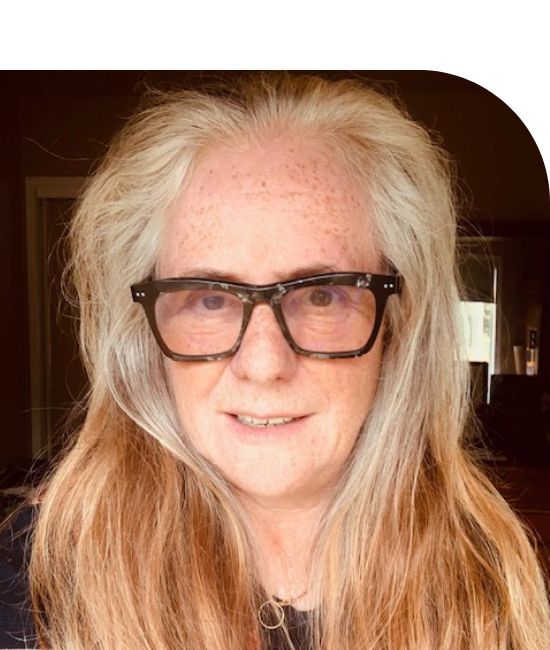
10:30 AM - 11:00 AM
Description
It’s not enough to have great immersive content – you also need to help your audience find your VR applications. Meaghan Fitzgerald, Head of Product Marketing for AR/VR Experiences at Facebook, will share marketing challenges and insights gained from promoting some of Facebook and Oculus’s first party VR applications including Oculus Venues, Facebook Spaces, Quill and more.
Speakers

11:00 AM - 11:30 AM
Description
BREAK – Grab a cup of coffee, tea, or decaffeinated coffee sponsored by Deloitte in the Mission City Ballroom (Foyer) and Visit the AWE XR expo hall to interact with the latest and greatest in the industry.
Note: Sponsored coffee break is for full conference pass holders. For Expo Pass holders, food and beverages are available for purchase at the following food stands located within the Santa Clara Convention Center: Pete’s Coffee Cart, Great America Lobby Food Court, Concession Stand C (located inside the exhibit hall) and Concession Stand A (located inside the exhibit hall).
11:00 AM - 12:00 PM
Description
With many unknowns and opportunities in AR, rapid prototyping has been critical to understand and define what makes immersive experiences valuable and usable. This talk will take a peek into how we approach rapidly designing and building prototypes for AR applications.
Speakers
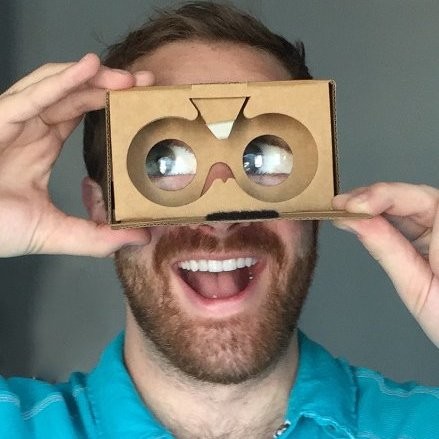

11:00 AM - 12:00 PM
Description
Circuit Stream AR developer Nakisa Donnelly shares her development experience getting started with Magic Leap and also building more complex applications. She'll dive into how Unity works with the ML1 and explain how to implement core features like haptic feedback, spatial audio, and gestures.
11:30 AM - 12:00 PM
Description
Over the next decade, 10 million manufacturing jobs will likely be needed, yet millions are expected to go unfilled, according to a report from Deloitte and the Manufacturing Institute. An exodus of retiring workers, combined with increasing product complexity and customer demand, requires manufactures to take new approaches for delivering relevant information to front-line workers.
Augmented reality delivers transformative value by facilitating and improving training, knowledge transfer and the communication of critical information from retiring experts to the new and existing workforce.
Please join JJ Lechleiter, VP of Product Management at PTC to discover how you can accelerate time-to-value for augmented reality in your business, alleviate the skills gap crisis and empower your workforce with the critical information they need to:
· Increase productivity
· Reduce scrap & rework
· Elevate service quality
· Improve safety & compliance.
The future of factory floor and field service workforce communication will increasingly rely on augmented reality as an efficient, flexible workforce multiplier.
Speakers

11:30 AM - 12:00 PM
Description
Panelists will discuss the unique challenges and opportunities of XR facing sports institutions with deep traditions and history, such as the PGA Tour and the Boston Red Sox. Topics will cover technology, audience targeting and the often-under-appreciated elements of education and deployment for legacy brands.
Speakers
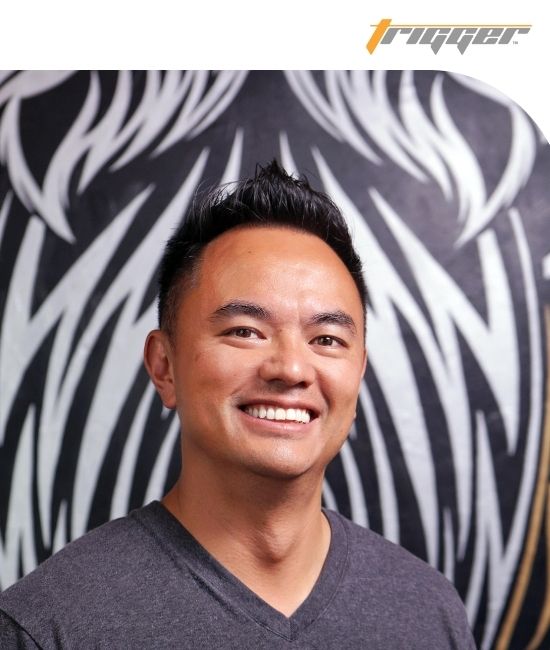


11:30 AM - 12:00 PM
Description
The recent resurgence of VR is exciting and encouraging because the technology is at a point that it soon will be available to a very large audience of industry sectors and consumer markets. Yet, it has also been a little bit disappointing to see that VR technology is mostly being portrayed in the public eye as the ultimate gaming environment. But, VR is much more than that; for over twenty years virtual reality has been pushing the edge of innovation in engineering, design, training, and many other areas proving itself as a valuable tool to improve, accelerate, and advance processes and product-to-market operations. Furthermore, VR is also much more than goggles; we need to understand what, how, and where users need VR to then select the appropriate VR platform to deliver the applications. For example, during a product design cycle, team reviews and discussions are necessary, so team-enabling virtual reality platforms like large immersive rooms or walls are more effective platforms as the team can simultaneously share the immersive review experience while maintaining the social interactions of a face-to-face meeting. For VR to become the true new innovation engine, the current market (both consumers as well as technology providers) we need to understand that VR has been pushing the edge of innovation for over twenty years and that many of those advances somehow seem lost in today’s frenzy to bring to market “new and innovative” applications. We need to be aware of the challenges in aspects related to creating engaging, effective, and safe VR applications as well as the challenge to differentiate VR professionals from VR amateurs.
This talk will first present a wide perspective of what VR does as an innovation engine, the options we have today to explore virtual spaces to achieve innovation in different industry sectors, and its potential benefits and limitations when it is integrated in a variety of workflows. The speaker will discuss her over 25 years of experiences on developing VR solutions for specific industries that have been critical to accelerate VR technology development and deployment as well as to quickly determine technology development paths that, although exciting or “cool”, may not yield successful practical outcomes. The talk will follow with a discussion of the speaker’s newest work on bringing social VR systems, those that a single platform allows for multiple users, to the consumer market. These types of platforms used to be complex, expensive, and customized systems. Her work is bringing multi-user VR platforms, like projection rooms and walls, to the ease of use and cost to meet the expectations of today’s VR market. She will discuss specific industry cases that she has lead through collaborations with her research centers in which VR has proven its value to enhance productivity and efficiency. The talk will end providing a vision on the future of VR applicability as a force of change in many industry markets and as a result, its potential to become a key innovation engine to improve many aspects of human life.
Speakers
